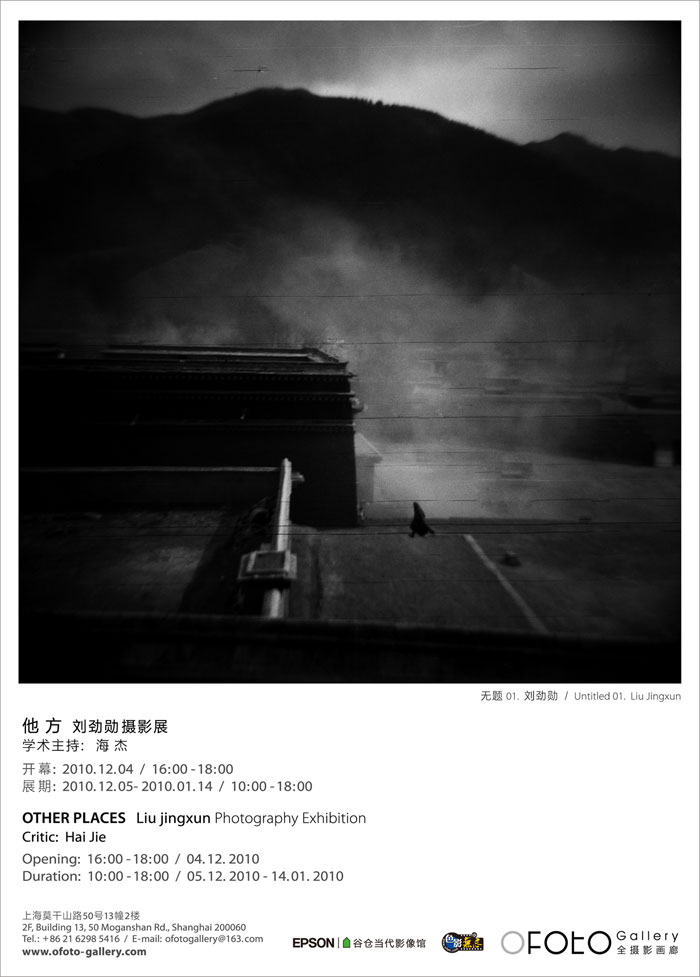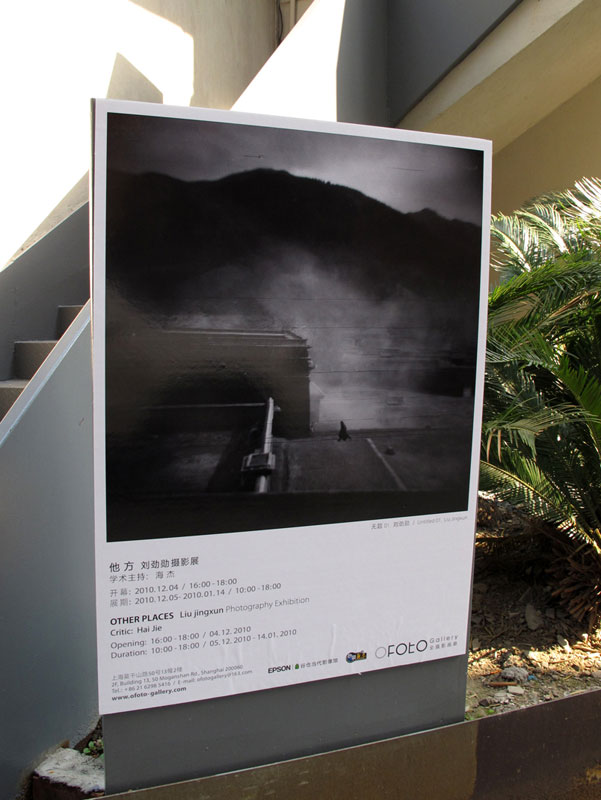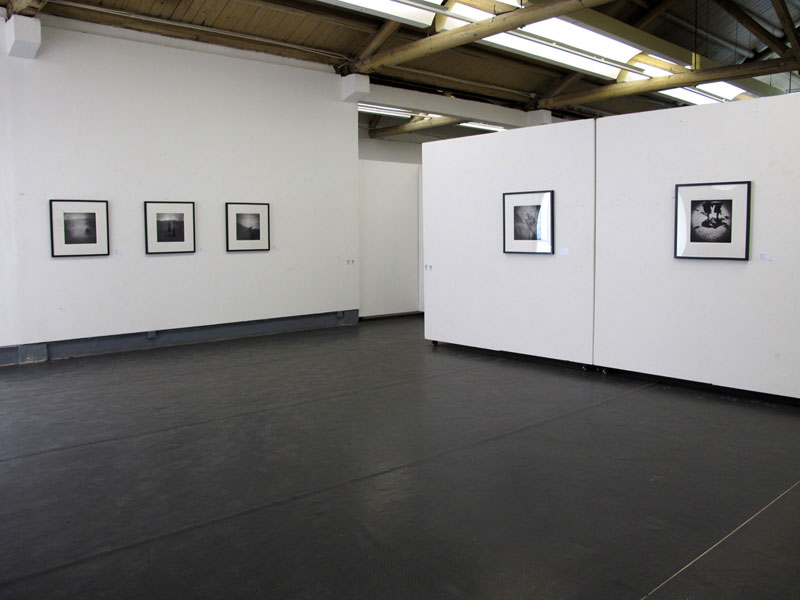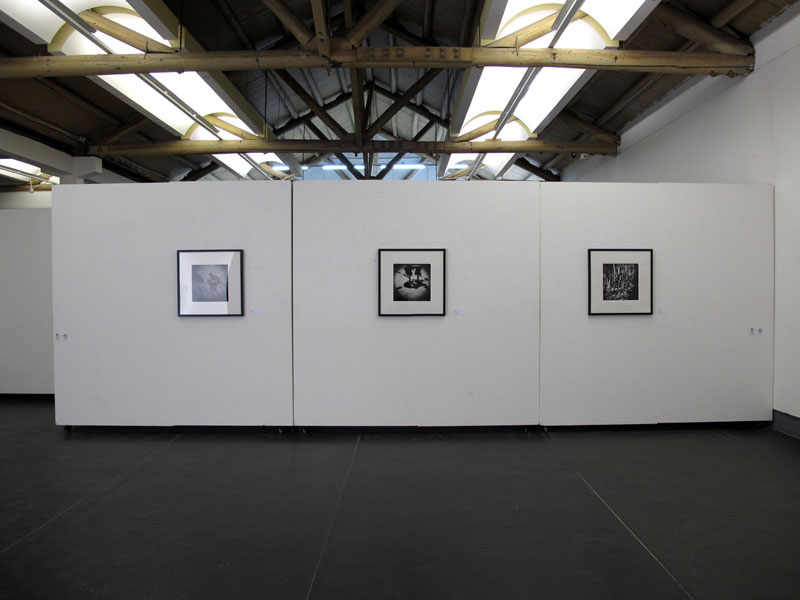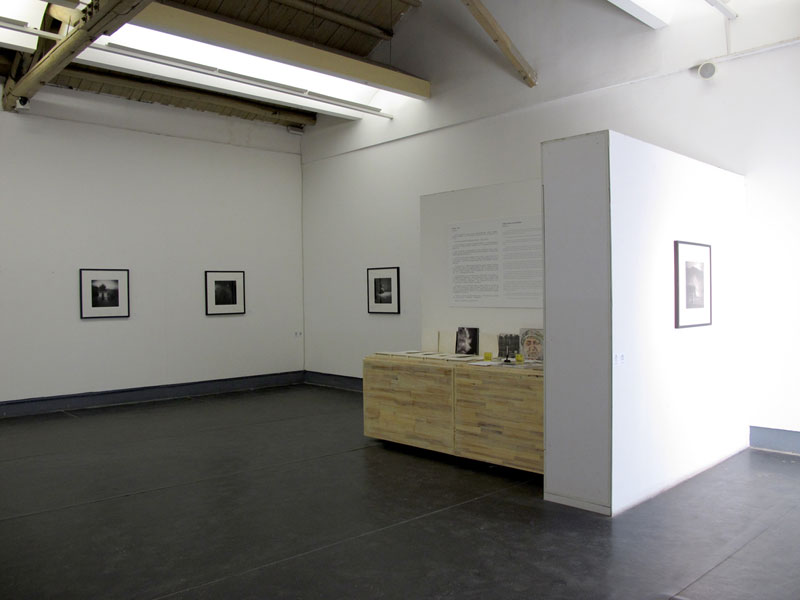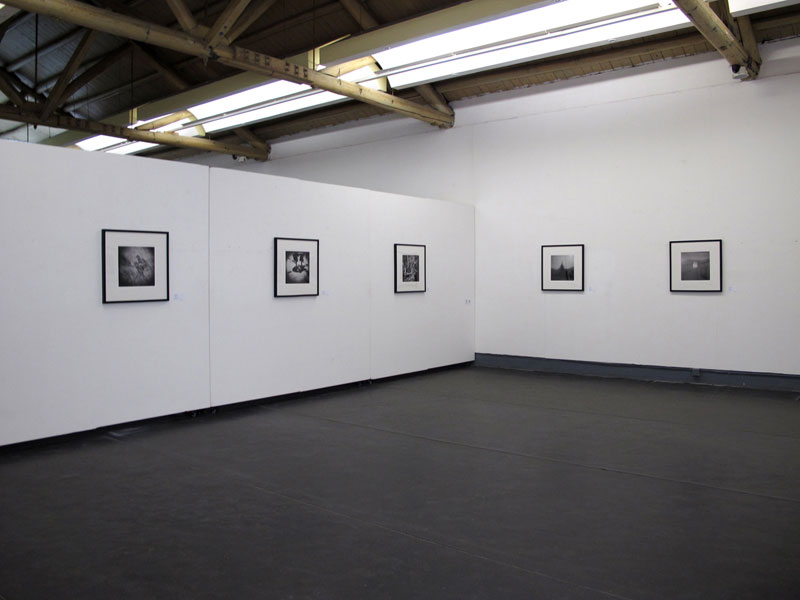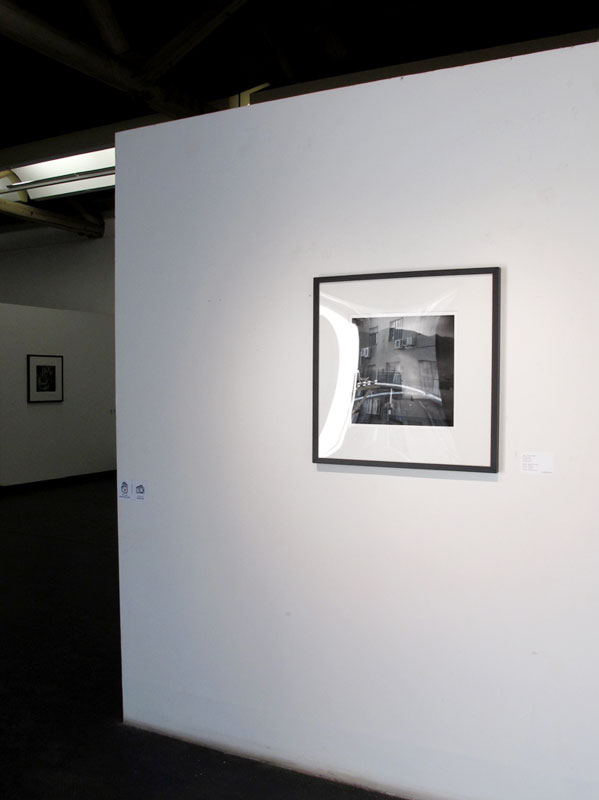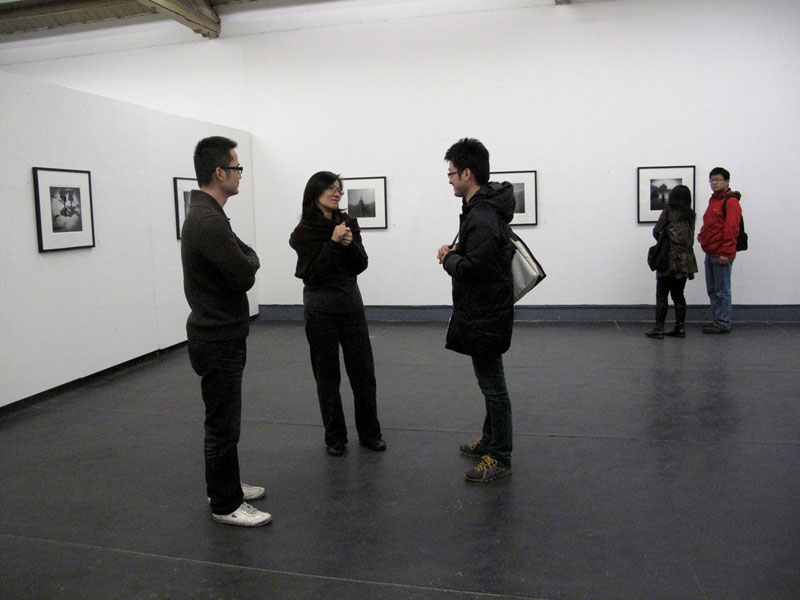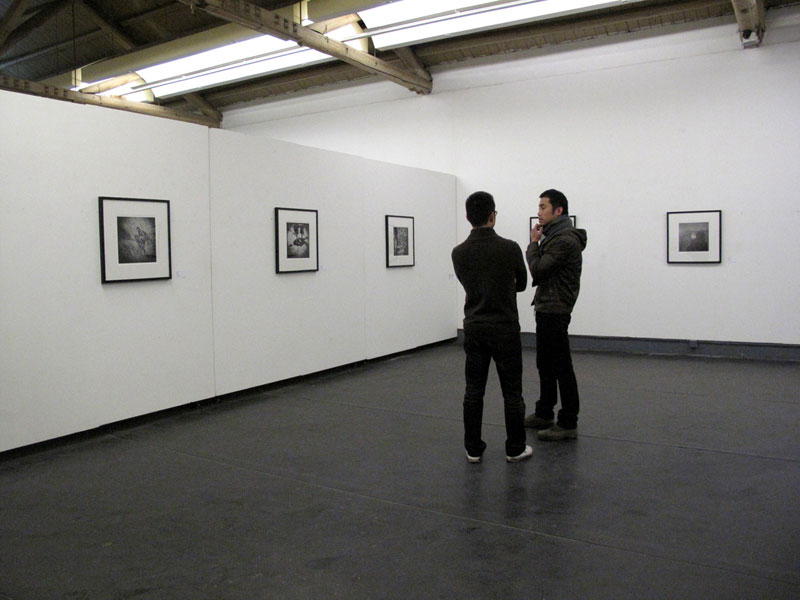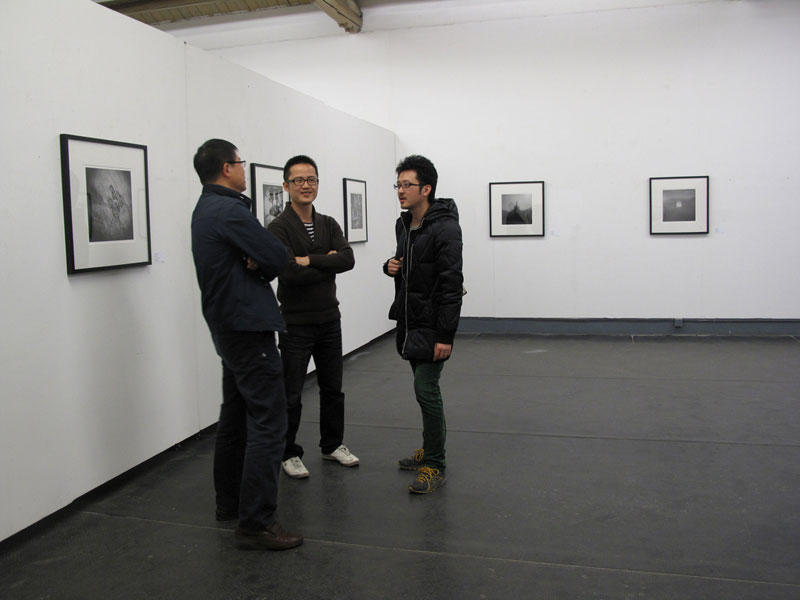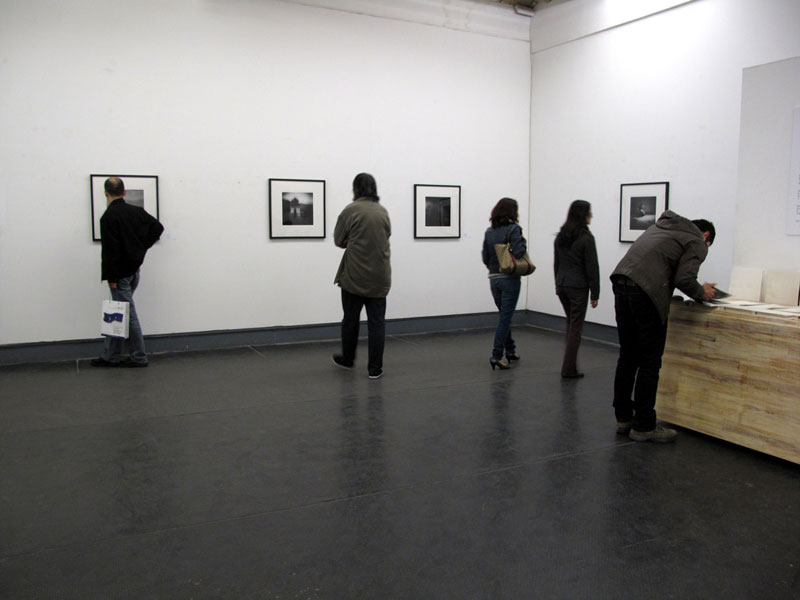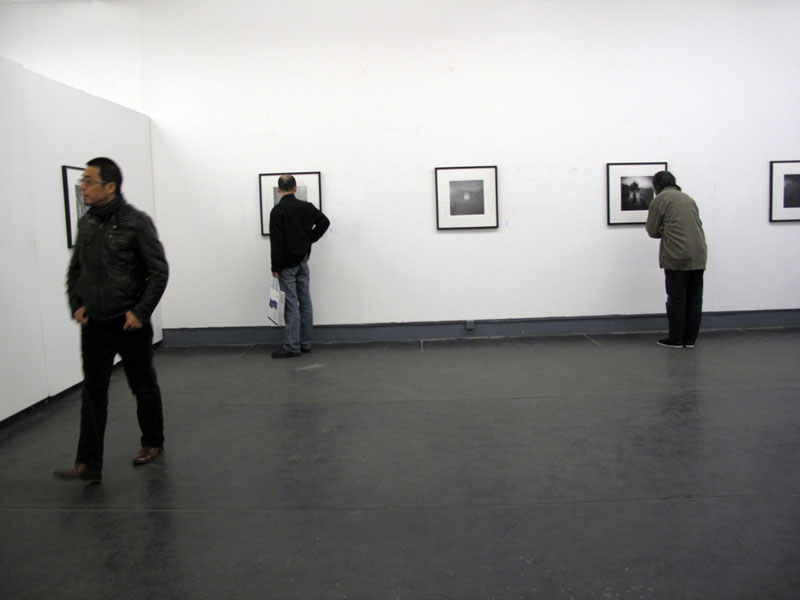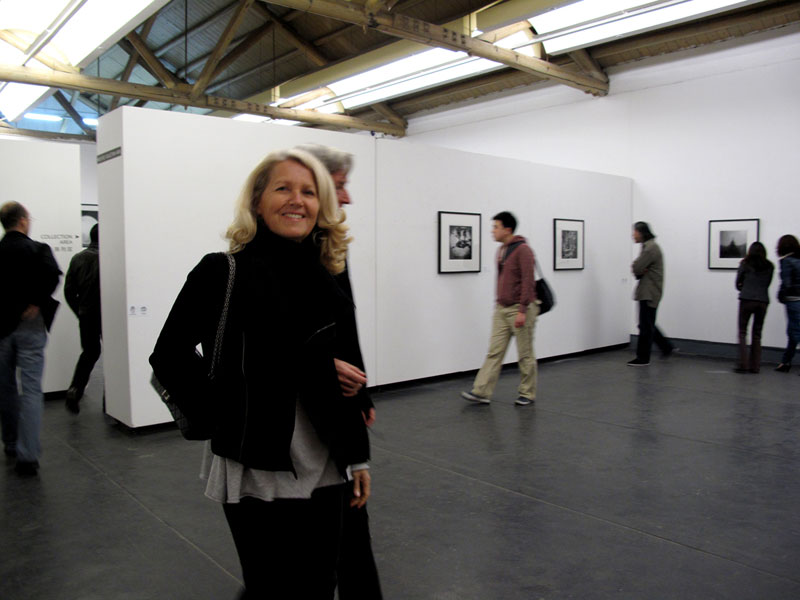'Other Places' of the Others
by Hai Jie
In most 'Other Places' images presented as the others, there are always one-sided wish comprehension and approach. Undoubtedly, that approach has a kind of inner conspiracy which means speaking as a spokesman to the outsiders who are also the others. It has now become a tendency.
From backpacker's romantic utopian to tourist's random shootings, snapshots have already turned to be a visual disaster.
'Other Places' is a very frustrating word, which refers to the place that we don't know but attempt to know and possiblly could become our dream place. As to photographer Liu Jinxun, he bravely admits the objectivity and externity of the 'other places'.
In 2009, Liu Jingxun temporarily turned camera from Xihaigu to Gannan, which is also a most popular subject in photograph. Liu Jinxun's behavior is highly risky to me because first he has to fight with the most photogenic images and fixed aesthetic taste of the audience, with the bright sunlight and weather-beaten faces in Tibet.
To our surprise, he dropped Mamiya, a very complicating camera which he had consistently used. First he alienated himself in medium carrying a Lomo camera to Gannan. Medium is the material, which is vital for art expression. Choosing medium is choosing attitude. During the work of 'Other Places', the un-adjustability of Lomo forced the photographer to respect the images. Since there's no more choice, the work becomes more spontaneous and free.
Therefore, we can see from the photographs of 'Other Places'. The photographer always hides behind bush, weeds, film scratches, light, and even time. Because this way of photography prevents the images from relying on the time elements and makes it reasonable put in whatever time conditions. The photographer shields the facial informations of most people to turn the human beings and environment into an atmospheric illusion. In a way, it reduces the harm to the protagonists (although up to now the harm is still inevitable). Many photographers haven't tried to solve the problem up till now.
Back to the photography problem, in such thrusting lens, Tibet is not Tibet and Gannan is not Gannan. Most photographs present a 'Shangri-la mode': One conceals his hometown deep inside and seeks other place as substitute. The new 'hometown' seems nice: little involvement, memorable, perfect, curls of smoke, tranquil, no profit tangled, and shareable memories, even far away from city... Nevertheless, all these can be only experienced in short term. As time goes on, we'll turn to other places. Is that the way our hometowns lost one by one?
Many photographers are immersing themselves in A.D. Coleman's 'director mode', which means that they control the lens and then the protagonists so as to make them act in his fantasy and conduct the photograph. In this respect, Liu Jinxun's 'Other Places' can be regarded as a retreat and 'revolt'. He publicizes the stranger relationship between protagonists and himself, making images free from the burden of meaning, stands in a distance and reaps mottled dreamlike spontaneity. And obviously, 'Other Places' contains a sensation of trance and dizziness, which seems to show the discomfort of the photographer to 'other places'.
For Gannan, it's fortunate because of good protection and expression. For the audience as the others, they are unfortunate because it's so surprising that they are so separated from the photographs and can only stand on toes peeping.
Our misfortune is other places' fortune, which just fits 'Other Places'.
Translation: Fan Chen
翻 译:范 晨
